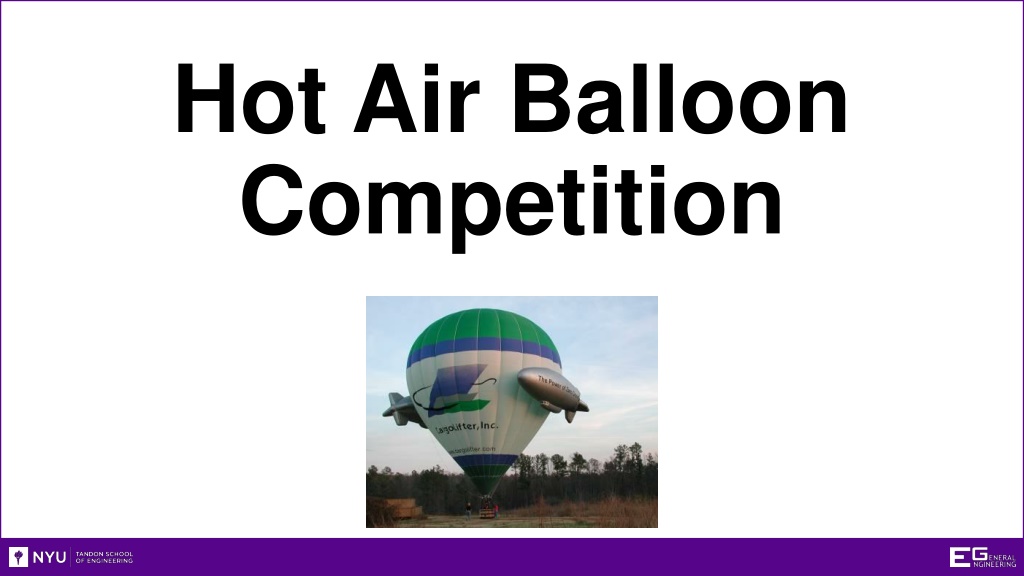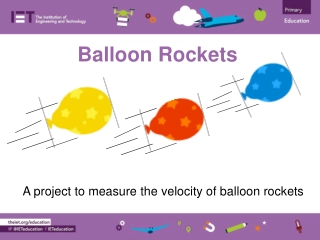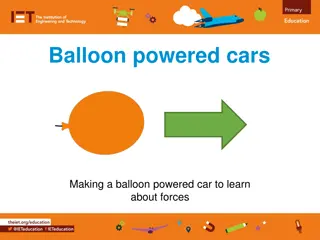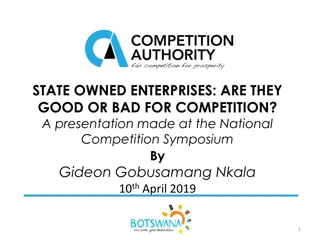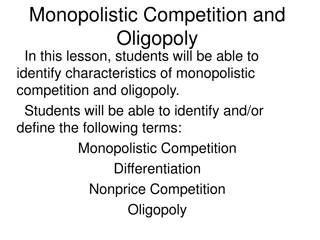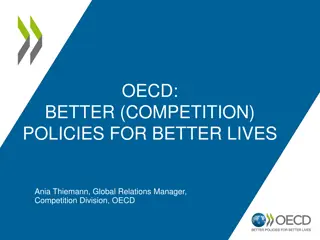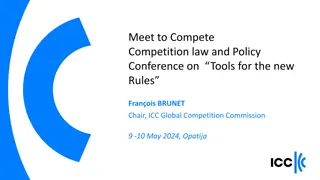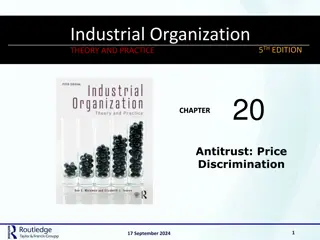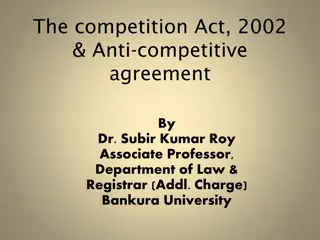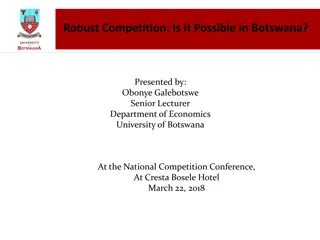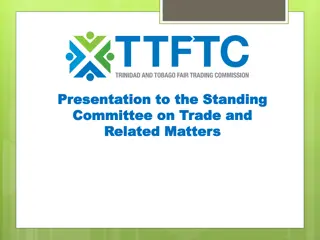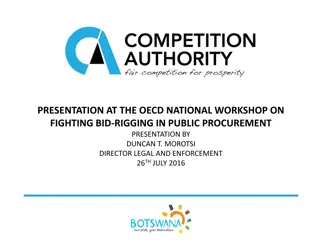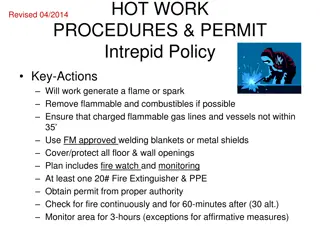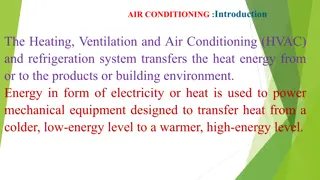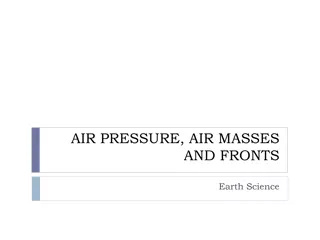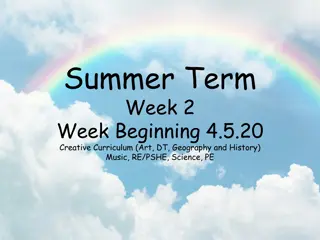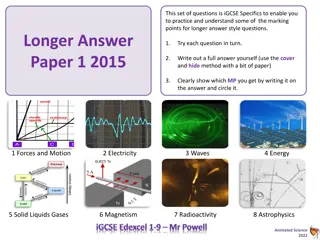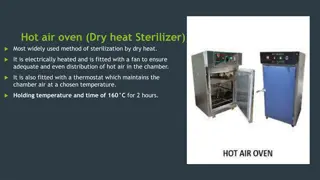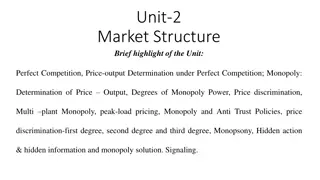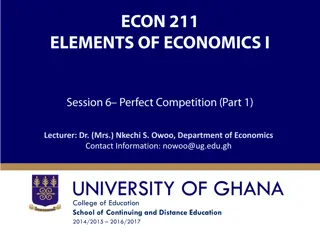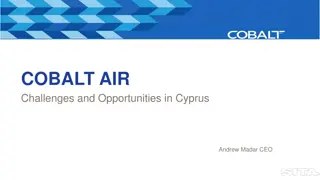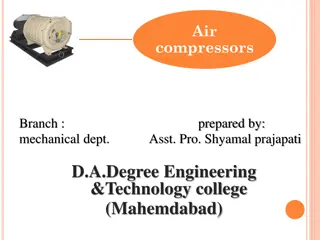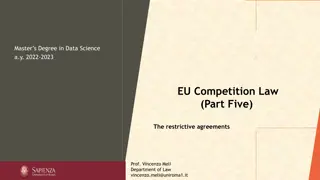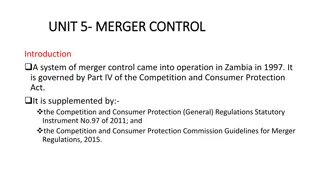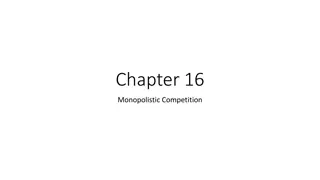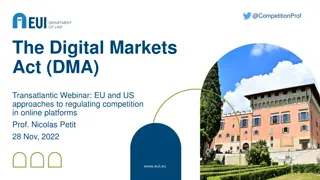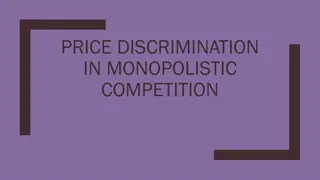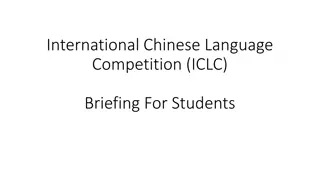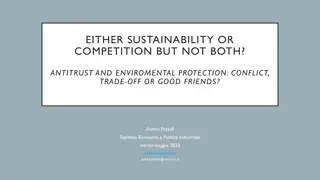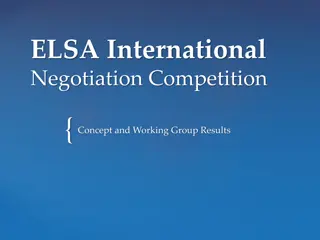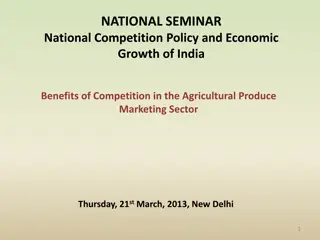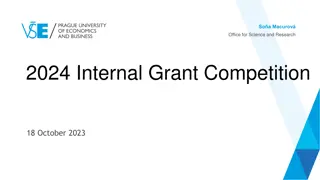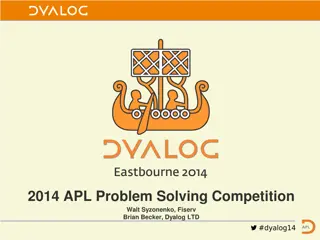Hot Air Balloon Competition Overview
Explore the Hot Air Balloon Competition focusing on demonstrating buoyancy and thermodynamics principles through minimal design concepts. The event involves designing and constructing a balloon to maximize payload, flight time, and cost efficiency. Participants follow strict competition rules to add paperclip payloads, achieve stable temperatures, and record flight duration. Key components include background information on buoyancy, Archimedes' Principle, and the Ideal Gas Law. The competition aims to test participants' understanding of aerodynamics and engineering skills.
Download Presentation

Please find below an Image/Link to download the presentation.
The content on the website is provided AS IS for your information and personal use only. It may not be sold, licensed, or shared on other websites without obtaining consent from the author. Download presentation by click this link. If you encounter any issues during the download, it is possible that the publisher has removed the file from their server.
E N D
Presentation Transcript
Hot Air Balloon Competition
Overview Objective Background Information Problem Statement Materials Procedure Assignment Closing
Objective Demonstrate basic principles of buoyancy and thermodynamics Use concept of minimal design
Background Information Buoyancy Archimedes Principle Object immersed in fluid is buoyed up by force equal to weight of fluid displaced by object Buoyant forces cause balloon to rise
Background Information Thermodynamics Ideal Gas Law: Air pressure, volume, and temperature are related via Ideal Gas Law PV = nRT V =Volume Raising air temperature at constant volume (balloon envelope) causes air density within to drop P = Pressure n = # of Moles of Air T = Absolute Temperature (Kelvin) Excess air will escape R = Gas Constant (0.0821 L*atm/(mol*K)) Balloon weighs less than displaced air
Problem Statement Design/construct balloon Maximize payload (paperclips) Maximize flight time Minimize cost Materials must be purchased
Problem Statement Competition Rules Add paperclip payload to finished design TA positions balloon above heater, releases balloon temperature stabilizes Time aloft and payload (# of paperclips) recorded by TA TA times flight duration with a timer Balloon must rise from release point & fly for at least 1 sec Competition Ratio used to judge design TimeAfloat *Payload Cost Team with highest ratio wins 3 trials maximum: design changes permitted (cumulative cost)
Materials Tissue paper (65 x 48cm) Glue sticks Scissors 21.5 x 27.9cm paper (US letter) Paper clips Drawing paper (43 x 50cm) Personal heater Kevlar string Plastic straws Plastic tape
Materials Price List Tissue Paper 8.5 x 11 Paper Drawing Paper Kevlar String Tape Plastic Straws $0.10/sheet $0.05/sheet $0.10/sheet $0.05/30cm $0.03/30cm $0.00
Procedure Assess provided materials Brainstorm possible designs Sketch design on paper Maximum allowable balloon size of 1 m3 Label properly TAs must initial sketches Major design revisions must also be initialed
Procedure Create price list detailing your design Materials must be purchased from TA Unused materials will not be refunded Construct design based on initialed sketch Note design changes Take a photograph of final flight configuration Still shot or video
Assignment *BONUS* Individual Lab Report Title Page Discussion topics in the manual Include class results and photo of balloon
Assignment Team presentation State rules of competition Describe your design and its concepts Include table of class results and photo/video of balloon How could your current design be improved? Refer to How to Give a Recitation Presentation in the lab manual
Closing Have all original data signed by TA Submit all work electronically Return all unused materials to TA
Hot Air Balloon Competition QUESTIONS?
